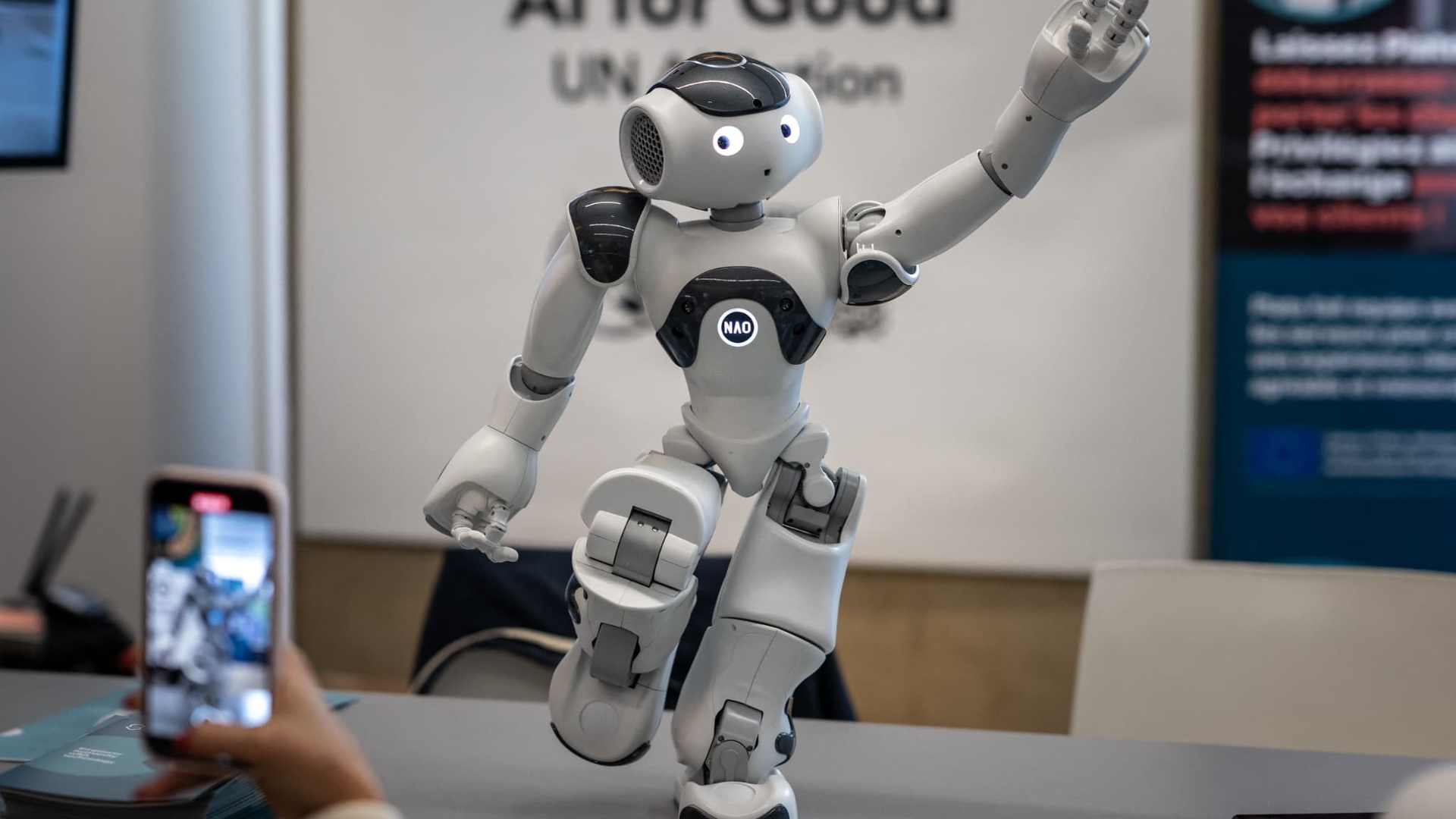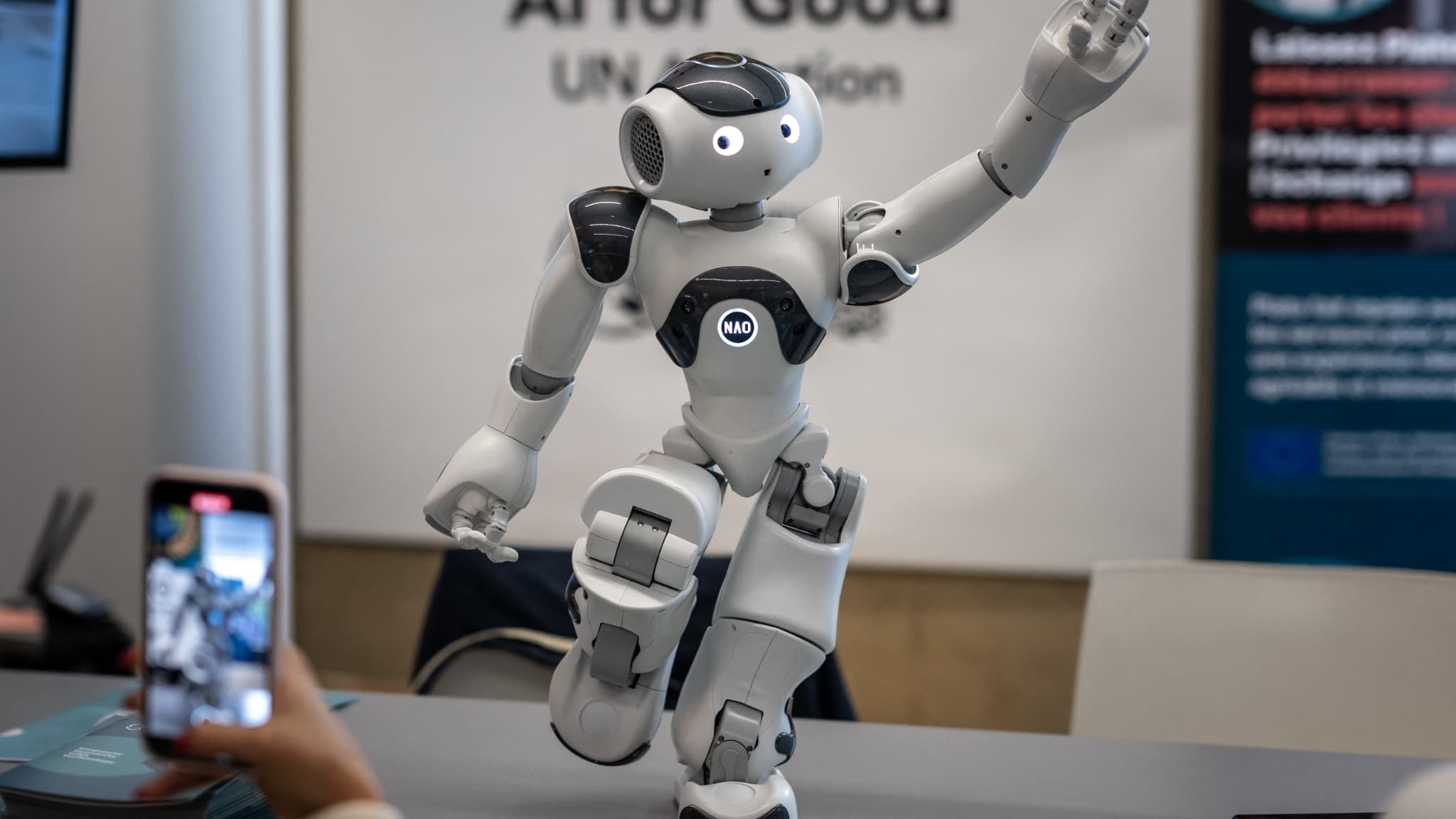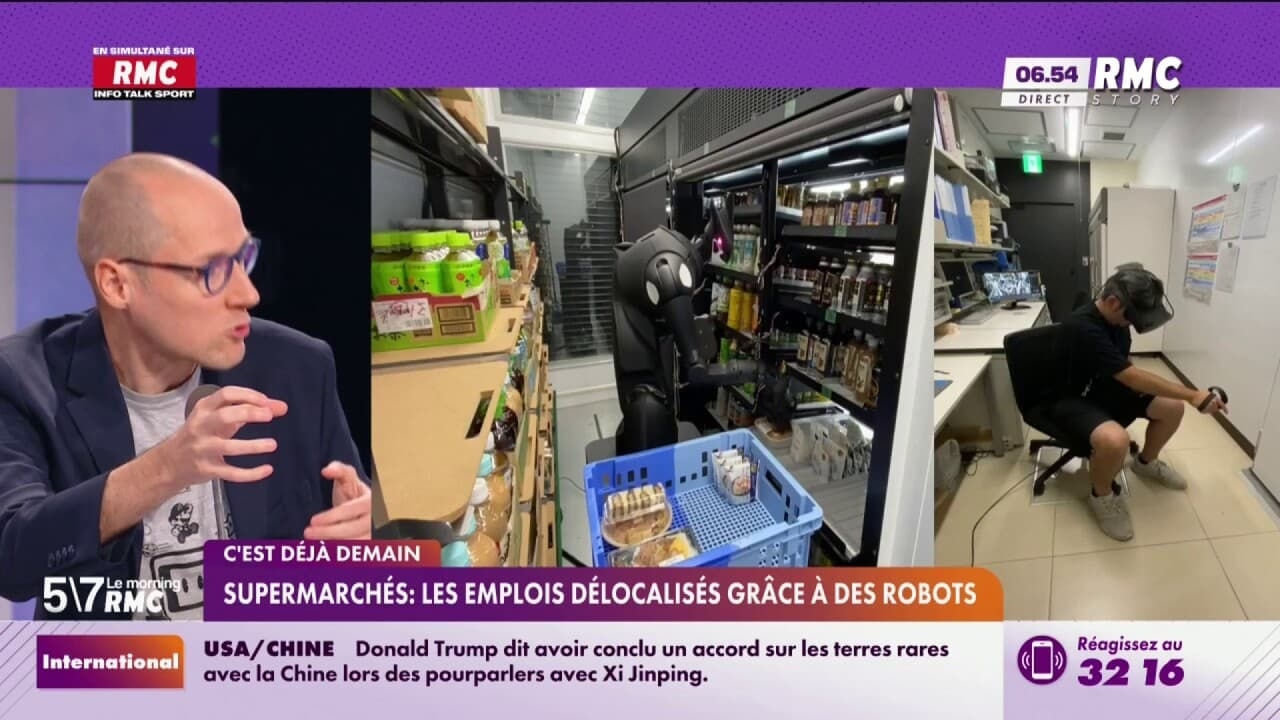Supermarket employees replaced… by robots controlled from abroad

We're familiar with the offshoring of call centers and customer service. Now, we have the offshoring of manual labor. In several Tokyo supermarkets, humanoid robots have replaced warehouse workers. These machines, equipped with articulated arms and grippers, arrange bottles and restock shelves… but they are not autonomous.
Behind each robot is an operator based in the Philippines. With a virtual reality headset strapped to their head and controllers in hand, they see through the machine's "eyes" and guide its movements remotely. The robot replicates their actions in real time: it's a form of physical teleworking made possible by robotics and artificial intelligence.
This concept, called Telexistence , was developed by a Japanese startup of the same name. It is already deployed in several konbini chains, the Japanese convenience stores open 24/7. A single operator can monitor around fifty robots simultaneously, for an average salary of 250 euros per month. At this price, the difference compared to the cost of a Japanese employee is considerable.
While this system may seem alarming, it also addresses a local reality. Japan is suffering from a severe labor shortage, a direct consequence of its aging population. In this context, robotics makes it possible to maintain services without directly replacing existing jobs.
The robots still make some mistakes (approximately a 4% failure rate), but they can work continuously, without breaks or complaints. This solution is considered economically viable in a country where every hand counts.

This experiment illustrates a much broader trend: remote teleoperation. It is no longer just automation that is transforming work, but the possibility of performing a physical task thousands of kilometers away.
And the phenomenon isn't limited to supermarket shelves. In logistics, industry, and even medicine, this technology is opening up unprecedented possibilities. Last year, a surgeon based in Bordeaux was able to perform prostate cancer surgery on a patient in China, thanks to a remotely controlled robot.
This feat is made possible by the precision and responsiveness of robotic systems. Tomorrow, an experienced doctor will be able to remotely assist or replace a less experienced colleague, or operate in isolated areas after a natural disaster.
There were fears that robots would replace humans. But perhaps the real revolution lies elsewhere: they are relocating their tasks. Human work has never been so close… and so far away at the same time.
RMC





